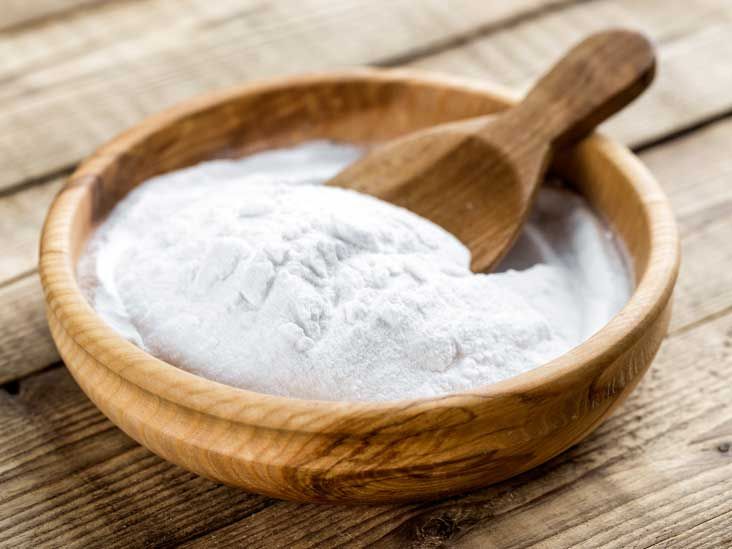Table of Contents
Introduction
Olive oil is a staple ingredient in many kitchens around the world. It’s not only a healthy option for cooking, but it also adds a unique flavor to dishes. However, with so many options available, it can be overwhelming to choose the best olive oil for your cooking needs. In this guide, we’ll take a look at the different types of olive oil, how to choose the best one, and how to use it in your cooking.
Types of Olive Oil
Before we dive into choosing the best olive oil, it’s important to understand the different types available. There are four main types of olive oil: Extra Virgin Olive Oil, Virgin Olive Oil, Pure Olive Oil, and Light Olive Oil.
– Extra Virgin Olive Oil: This is the highest quality olive oil, with a low acidity level and superior taste. It’s best used for drizzling over salads, dipping with bread, and finishing dishes.
– Virgin Olive Oil: Slightly lower in quality compared to extra virgin, virgin olive oil is also great for drizzling and finishing dishes.
– Pure Olive Oil: This type of olive oil is a blend of virgin and refined olive oil. It’s suitable for cooking and frying at higher temperatures.
– Light Olive Oil: Contrary to its name, light olive oil is not lower in calories. It’s actually a lighter flavor and color, making it suitable for baking and cooking dishes where a mild flavor is preferred.
Choosing the Best Olive Oil
When it comes to choosing the best olive oil for your cooking, there are a few factors to consider.
1. Quality: Look for olive oils that are labeled as “Extra Virgin” or “Virgin” to ensure high quality and superior taste.
2. Taste: Consider the flavor profile you want for your dishes. Extra virgin olive oil has a strong, fruity flavor, while light olive oil has a milder taste.
3. Intended Use: Think about how you’ll be using the olive oil. If it’s for drizzling or finishing dishes, go for extra virgin or virgin olive oil. If it’s for cooking or frying, pure or light olive oil may be more suitable.
4. Packaging: Opt for olive oil in dark glass bottles or tins to protect it from light and prevent oxidation.
Using Olive Oil in Your Cooking
Now that you’ve chosen the best olive oil for your needs, it’s time to put it to use in your cooking. Here are a few tips for using olive oil in different dishes:
– Drizzling: Use extra virgin or virgin olive oil to drizzle over salads, bruschetta, grilled vegetables, and soups for a burst of flavor.
– Finishing: A final drizzle of extra virgin or virgin olive oil can elevate the flavor of pasta dishes, grilled meats, and roasted vegetables.
– Sauteing: Use pure or light olive oil for sauteing vegetables, meat, and seafood at medium to high heat.
– Frying: Light olive oil is suitable for frying foods at higher temperatures due to its high smoke point.
Conclusion
Choosing and using the best olive oil for your cooking doesn’t have to be complicated. By understanding the different types of olive oil, considering quality and intended use, and following a few tips for using it in your dishes, you can elevate the flavor of your cooking and enjoy the numerous health benefits of this versatile ingredient.
FAQs
How should I store olive oil?
It’s important to store olive oil in a cool, dark place to prevent it from going rancid. Avoid storing it near the stove or other heat sources.
What is the smoke point of olive oil?
The smoke point of olive oil varies depending on the type. Extra virgin olive oil has a lower smoke point, while light olive oil has a higher smoke point, making it suitable for frying at higher temperatures.
Can I use olive oil for baking?
Yes, you can use light olive oil for baking to add moisture to cakes, bread, and other baked goods. It has a mild flavor that won’t overpower the other ingredients.
olive oil
Olive oil is a staple in many culinary cultures and is known for its health benefits and versatility in cooking. However, choosing the best olive oil for your cooking can be a daunting task with the overwhelming number of options available in the market. This ultimate guide aims to help you navigate through the different types of olive oil and make an informed decision for your cooking needs.
When choosing olive oil, it is important to understand the different grades of olive oil available. Extra virgin olive oil, which is made from the first pressing of the olives, is considered the highest quality and is best suited for drizzling over salads and dipping bread. Virgin olive oil is also of high quality, but has a slightly lower acidity level and is suitable for light cooking and sautéing. Olive oil, on the other hand, is a blend of virgin and refined oils, and is best suited for high heat cooking.
The flavor profile of olive oil can also vary depending on the region where the olives were grown and the processing methods used. Some olive oils are fruity and slightly peppery, while others have a more mild and buttery flavor. It is important to consider the flavor profile of the olive oil and match it with the dish you are preparing to enhance the overall taste.
In addition to flavor, it is important to consider the smoke point of the olive oil when choosing the best option for your cooking needs. Extra virgin olive oil has a lower smoke point compared to refined olive oil, and is best suited for low to medium heat cooking. For high heat cooking, such as frying and grilling, it is best to use a more refined olive oil with a higher smoke point to avoid the oil from burning and imparting a bitter taste to the dish.
When using olive oil for cooking, it is important to store it properly to maintain its flavor and quality. Olive oil should be stored in a cool, dark place away from direct sunlight and heat. It is also important to use the olive oil within its best before date to ensure that it is at its freshest and most flavorful when used in cooking.
In conclusion, choosing the best olive oil for your cooking involves considering the grade, flavor profile, smoke point, and proper storage of the oil. By understanding these factors, you can make an informed decision and enhance the flavor of your dishes with the right olive oil. So, take the time to explore the options available and experiment with different types of olive oil to find the perfect match for your cooking needs. olive oil








